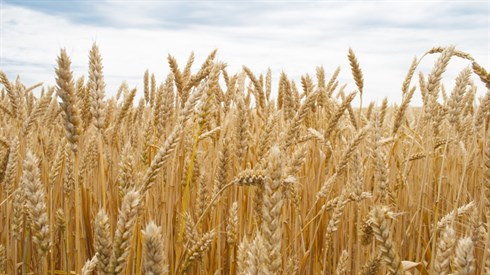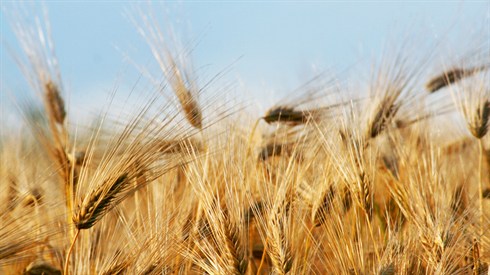- Sections
- Peninei Halakha
The Talmud (Ta’anit 30a) relates how R. Yehuda b. R. Ila’i would act at his se’uda ha-mafseket: He would be given dry bread with salt, and in an undignified place – between the furnace and the oven – eat it with a flask of water, as though in the presence of a newly-deceased relative. Rambam likewise accepted these stringencies, eating bread and water at this meal, without even one cooked dish.
In general, though, people are advised to eat fruits and vegetables as well, in order to build up strength for the fast. Many have the custom to eat hard-boiled eggs as their one cooked food. The round shape of hard-boiled eggs alludes to the cyclical nature of life, which is why mourners eat them. There is no prohibition against eating two eggs. Others eat a lentil dish, as lentils are considered a mourner’s food as well (sa 552:5-6).
In order to demonstrate our lowliness as a result of the destruction of the Temple, it is customary to sit on the floor during the se’uda ha-mafseket, but one need not remove one’s shoes (sa 552:7). Some say, based on Kabbala, that one should place a cloth separation between his body and the floor. Some are meticulous about this even if the floor is tiled (see Kaf Ha-ĥayim 552:39). One who finds it difficult to sit on the floor, sick people, elderly people, and postpartum or pregnant women may sit on a chair, but preferably not one’s regular seat (see ibid. 552:38).
Each member of the household should sit alone in a corner while eating the se’uda ha-mafseket, because it says in reference to a mourner, “Let him sit alone and be silent” (Eikha 3:28). Even if three men are dining in one place, they do not join together for a zimun, because each one is considered to be dining alone (sa 552:8, mb ad loc. 19).
After midday on the eve of Tisha Be-Av, one should, le-khatĥila, limit his Torah study to sad topics related to Tisha Be-Av or the laws of mourning. However, if one is worried that limiting himself specifically to these topics will curtail his Torah study, it is preferable that he study whatever his heart desires (see Rema 553:2, mb ad loc. 8).
One may continue to eat, if he so desires, after finishing the se’uda ha-mafseket, because the fast begins at sunset, not when the meal ends. Similarly, none of the laws of mourning of Tisha Be-Av apply until sunset, unless one accepted the fast early (sa 553:1, see mb ad loc. 2).

15. Working on Purim
Chapter 15: Purim and Reading the Megilla
Rabbi Eliezer Melamed | Tevet 5 5782

5. Purim Ha-meshulash
Chapter 17: Walled and Unwalled Cities
Rabbi Eliezer Melamed | Adar I 8 5782

16. Costumes and the Prohibition of Lo Yilbash
Chapter 16: The Mitzvot of Joy and Kindness
Rabbi Eliezer Melamed | Tevet 10 5782

3. Establishing Purim as a Permanent Holiday
Chapter 15: Purim and Reading the Megilla
Rabbi Eliezer Melamed | Tevet 4 5782

The spirituality of listening
Rabbi Jonathan Sacks | Av 21 5776
Pirkei Avot between Pesach and Shavuot
Rabbi Berel Wein | 5769

What Is the Significance of the Number 40 in Jewish Tradition?
Rabbi Stewart Weiss | Tevet 4 5782

The Religious View of the Secular State of Israel
Rabbi Ari Shvat | 5769

CLEANING FOR PESACH: BETWEEN 'FEELING' & 'BEING' RELIGIOUS
Rabbi Ari Shvat | Nisan 5785






